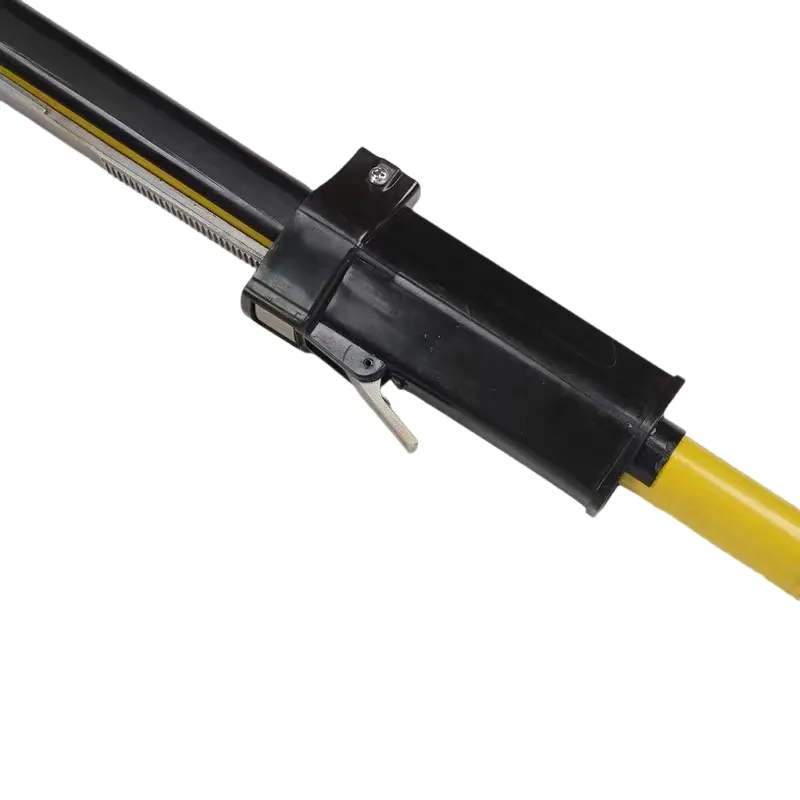
-
 Afrikaans
Afrikaans -
 Albanian
Albanian -
 Amharic
Amharic -
 Arabic
Arabic -
 Armenian
Armenian -
 Azerbaijani
Azerbaijani -
 Basque
Basque -
 Belarusian
Belarusian -
 Bengali
Bengali -
 Bosnian
Bosnian -
 Bulgarian
Bulgarian -
 Catalan
Catalan -
 Cebuano
Cebuano -
 Corsican
Corsican -
 Croatian
Croatian -
 Czech
Czech -
 Danish
Danish -
 Dutch
Dutch -
 English
English -
 Esperanto
Esperanto -
 Estonian
Estonian -
 Finnish
Finnish -
 French
French -
 Frisian
Frisian -
 Galician
Galician -
 Georgian
Georgian -
 German
German -
 Greek
Greek -
 Gujarati
Gujarati -
 Haitian Creole
Haitian Creole -
 hausa
hausa -
 hawaiian
hawaiian -
 Hebrew
Hebrew -
 Hindi
Hindi -
 Miao
Miao -
 Hungarian
Hungarian -
 Icelandic
Icelandic -
 igbo
igbo -
 Indonesian
Indonesian -
 irish
irish -
 Italian
Italian -
 Japanese
Japanese -
 Javanese
Javanese -
 Kannada
Kannada -
 kazakh
kazakh -
 Khmer
Khmer -
 Rwandese
Rwandese -
 Korean
Korean -
 Kurdish
Kurdish -
 Kyrgyz
Kyrgyz -
 Lao
Lao -
 Latin
Latin -
 Latvian
Latvian -
 Lithuanian
Lithuanian -
 Luxembourgish
Luxembourgish -
 Macedonian
Macedonian -
 Malgashi
Malgashi -
 Malay
Malay -
 Malayalam
Malayalam -
 Maltese
Maltese -
 Maori
Maori -
 Marathi
Marathi -
 Mongolian
Mongolian -
 Myanmar
Myanmar -
 Nepali
Nepali -
 Norwegian
Norwegian -
 Norwegian
Norwegian -
 Occitan
Occitan -
 Pashto
Pashto -
 Persian
Persian -
 Polish
Polish -
 Portuguese
Portuguese -
 Punjabi
Punjabi -
 Romanian
Romanian -
 Russian
Russian -
 Samoan
Samoan -
 Scottish Gaelic
Scottish Gaelic -
 Serbian
Serbian -
 Sesotho
Sesotho -
 Shona
Shona -
 Sindhi
Sindhi -
 Sinhala
Sinhala -
 Slovak
Slovak -
 Slovenian
Slovenian -
 Somali
Somali -
 Spanish
Spanish -
 Sundanese
Sundanese -
 Swahili
Swahili -
 Swedish
Swedish -
 Tagalog
Tagalog -
 Tajik
Tajik -
 Tamil
Tamil -
 Tatar
Tatar -
 Telugu
Telugu -
 Thai
Thai -
 Turkish
Turkish -
 Turkmen
Turkmen -
 Ukrainian
Ukrainian -
 Urdu
Urdu -
 Uighur
Uighur -
 Uzbek
Uzbek -
 Vietnamese
Vietnamese -
 Welsh
Welsh -
 Bantu
Bantu -
 Yiddish
Yiddish -
 Yoruba
Yoruba -
 Zulu
Zulu


Дек . 03, 2024 17:35 Back to list
fiberglass marker poles
The Evolution and Importance of Fiberglass Marker Poles
In various industries, the need for rugged, durable, and reliable marker poles is a constant. One material that has emerged as a superior choice for manufacturing marker poles is fiberglass. Known for its strength, lightweight nature, and resistance to environmental factors, fiberglass marker poles have proven to be an invaluable asset across numerous applications.
The Composition of Fiberglass
Fiberglass is composed of fine strands of glass, woven together into a cloth, and then combined with resin to create a solid, yet flexible material. This combination grants fiberglass marker poles many properties that make them ideal for outdoor use. They are not only resistant to moisture and corrosion but also withstand extreme temperatures. This durability makes them suitable for a wide spectrum of environments, from oceanfront properties to mountainous terrains.
Applications of Fiberglass Marker Poles
Fiberglass marker poles are widely utilized in various fields, including surveying, construction, and environmental management. In surveying, these poles are essential for marking boundaries, elevations, and points of interest. Their lightweight nature makes them easy to transport and set up, saving valuable time on the job site.
In construction, fiberglass marker poles are used to provide visual guidance and delineation for construction zones. They ensure that workers and vehicles can navigate safely around newly built structures or ongoing projects. Furthermore, their bright colors offer high visibility, crucial in busy work environments.
Another significant use of fiberglass marker poles is in environmental management. They are employed to mark critical habitats, leading to better conservation efforts. For instance, they can be used to identify areas that need protection in wetlands or to delineate boundaries in wildlife reserves. By using these poles, organizations can effectively communicate important information to the public and ensure compliance with environmental regulations.
fiberglass marker poles

Advantages of Fiberglass Marker Poles
One of the standout advantages of fiberglass marker poles is their longevity. Unlike traditional wooden poles that can rot or metal poles that can rust, fiberglass is impervious to these common detriments. This resistance extends the lifespan of the poles significantly, reducing the need for frequent replacements and saving costs over time.
Moreover, fiberglass marker poles are highly customizable. They can be produced in various lengths, colors, and designs to cater to specific needs. Organizations can select poles that reflect their branding or meet safety requirements, making them not only functional but also aesthetically pleasing.
Maintenance and Care
Although fiberglass marker poles possess high durability, proper maintenance can further enhance their lifespan. Regular inspections should be carried out to check for any wear or damage. Cleaning the poles occasionally to remove dirt and debris will help maintain their visibility and integrity. Avoiding the use of harsh chemicals for cleaning is crucial, as these can affect the resin finish over time.
Conclusion
As we observe the growing demand for effective markers in diverse industries, fiberglass marker poles stand out for their myriad advantages. Their strength, lightweight nature, and resistance to environmental challenges make them an unparalleled choice for professionals seeking reliable solutions. Whether used for surveying, construction, or environmental management, fiberglass marker poles are not just tools but essential elements that contribute significantly to safety and efficiency in various operations. As technology continues to advance, we can anticipate further innovations in the production and application of fiberglass materials, ensuring that marker poles remain at the forefront of industrial needs.
Latest news
The Unique Design of Cable Socks
NewsJun.04,2025
Swivel Connectors in Industrial Automation
NewsJun.04,2025
Safety Features of Link Sticks
NewsJun.04,2025
How to choose the best cable pulling winch for sale
NewsJun.04,2025
Fish tape safety precautions
NewsJun.04,2025
Essential Maintenance Tips for Cable Pulling Tools
NewsJun.04,2025











